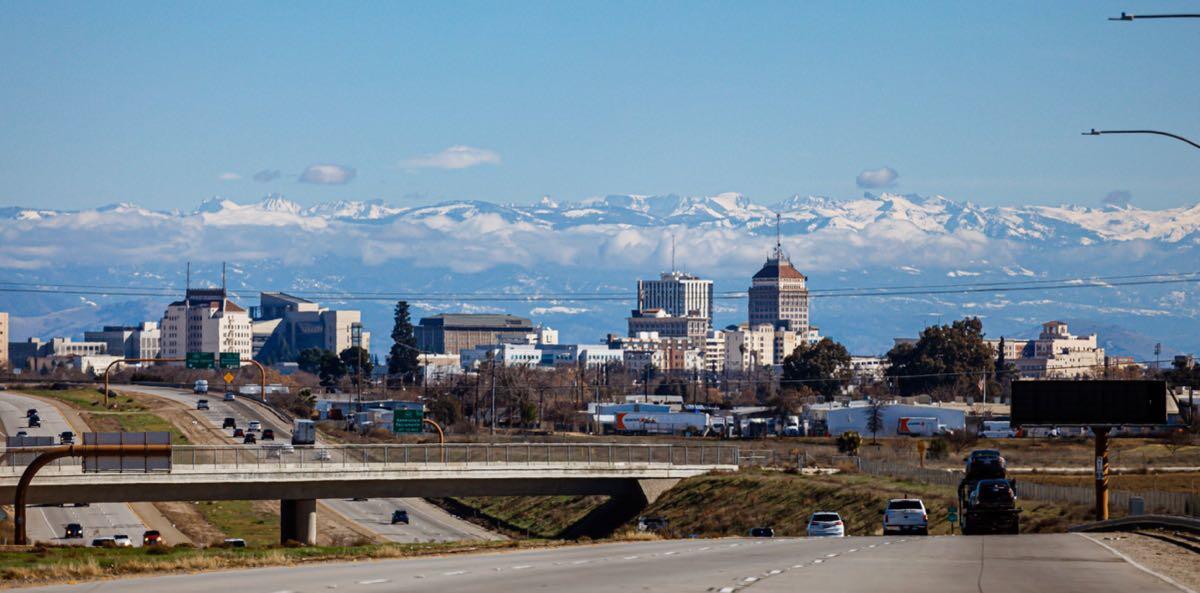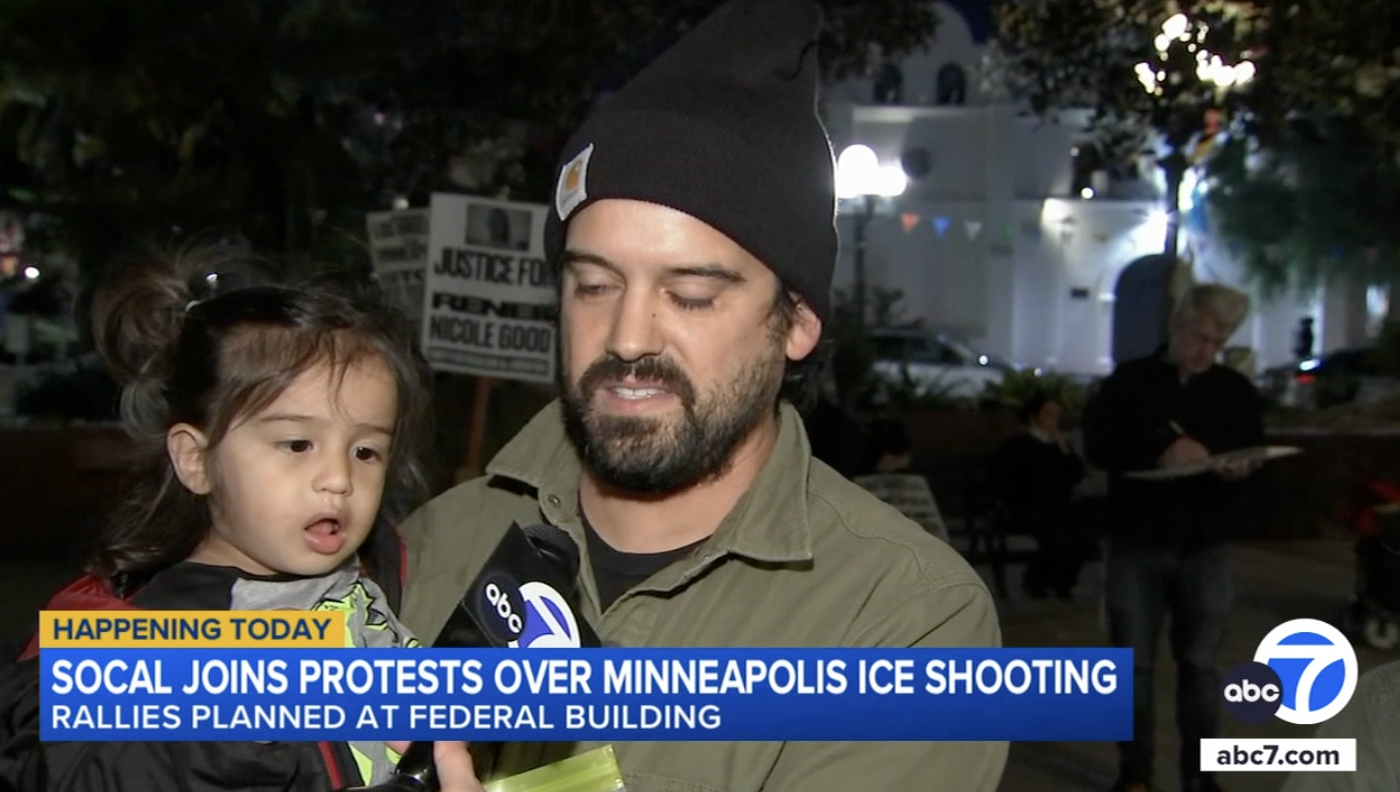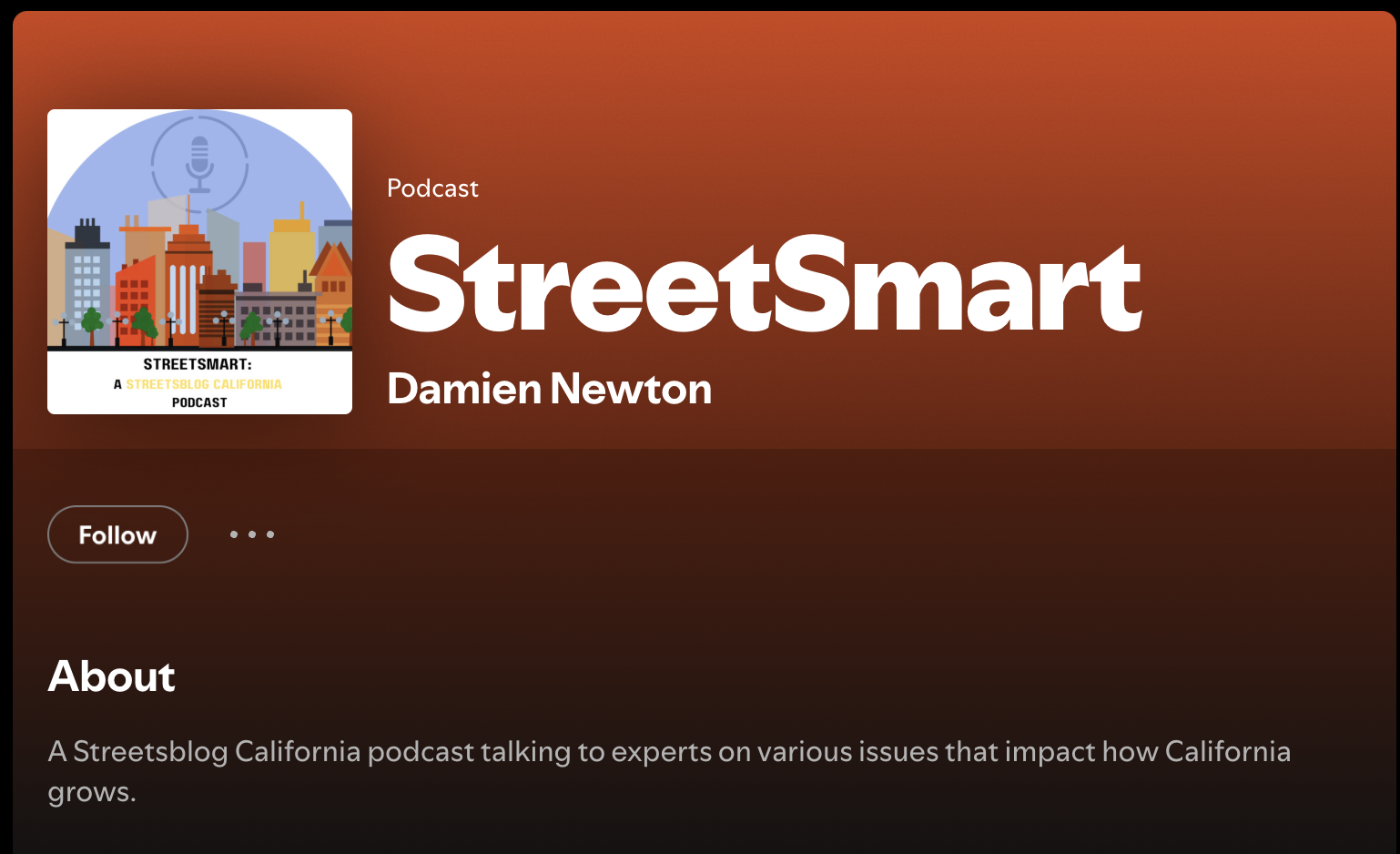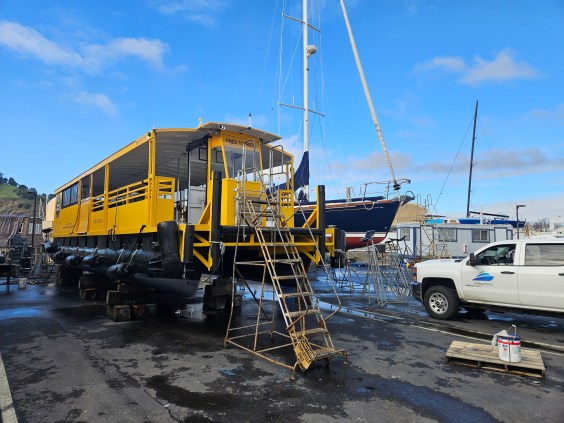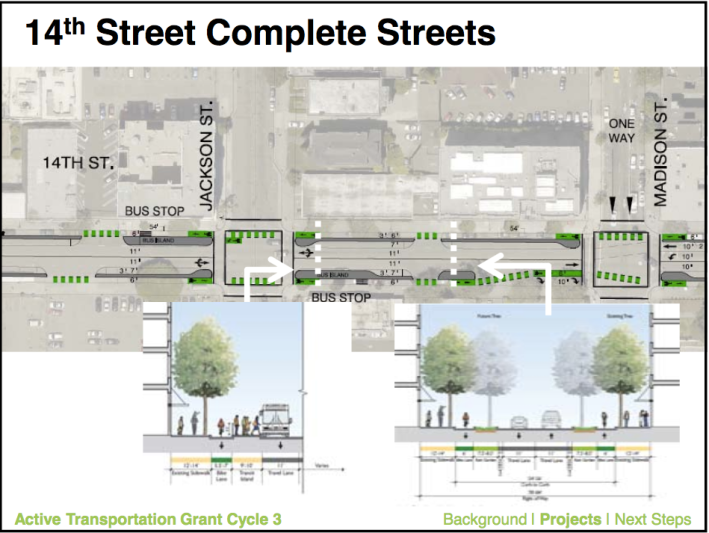
California Transportation Commission staff released their recommendations for projects to be funded in the 2017 round of the Active Transportation Program (ATP) yesterday. These recommendations will go to the full Commission for official adoption at its December meeting in Riverside.
The recommendations are for projects applying for money under the “Statewide” and “Small Urban and Rural” categories. A third category, to be awarded through regional Metropolitan Planning Organizations (MPOs), will be decided next spring.
The ATP received 456 applications this round, requesting a total of $977 million in just these two categories. After teams scored the applications, staff chose forty projects under the Statewide category, for a little over $131 million, and ten projects under the Small Urban and Rural category, for a little over $26 million. The ATP awards only fulfill about half of the amount needed, and all the projects have funding from other sources.
The list of recommended projects is available here.
As usual, unfortunately, worthy projects were left on the table. Many will be disappointed, but some of the unfunded projects are still eligible under their regional MPO allocations, which will be submitted to the CTC in January. There is a little over $105 million available in that category, divided by formula among the regional organizations.
Most of the projects recommended for funding are capital projects, such as bike lanes and pedestrian paths, road diets, safer crossings, and closing network gaps. By far the biggest single chunk of funding, $24 million, went to Coachella Valley's CV Link, a fifty-mile bike and pedestrian trail along the river from Coachella to Palm Springs.
Safe Routes to Schools' California Senior Policy Manager Bill Sadler notes in his analysis of the awards that the CV Link makes up the lion's share of Southern California's portion of the awards, and that “there could have been as many as ten other projects funded with the large amount of funding going to this project” alone.
Other awards ranged from $73,000 for bike lanes in Corning, to $3.9 million for Modesto's Paradise Road complete street project, to $10 million for Oakland's Fourteenth Street Complete Streets project. Oakland is also recommended for another almost $6 million for its Fruitvale Alive Gap Closure project.
There were four exceptions to capital funding. Two are plans: SCAG's Southern California Disadvantaged Communities Planning Initiative, recommended for $1.1 million, and the city of Ceres' citywide Active Transportation Plan, recommended for $104,000. Two education programs were also recommended: Humboldt County's Fortuna and McKinleyville Active Transportation Education Program, recommended for $595,000, and Via Salinas Valley, an active transportation education program in Monterey County, for $1.1 million.
The full list of applications submitted is available here, including the projects that did not make the cut. Among them are Turlock's proposed pedestrian improvements, a bikeway in Redding, and hundreds of other projects to bring improvements near schools, to close gaps in bikeway networks, and to fix safety issues. Many of those applications have already been submitted multiple times, but available funding is too limited.
This year, additional funds were added from the Greenhouse Gas Reduction Fund (GGRF), but it was a one-time bump of $10 million. One advantage: that money is available right away—in fact, it has to be spent before 2018. Projects that are ready to go are encouraged to submit a supplemental application—they have to show greenhouse gas reductions—by December 30.
Otherwise none of the ATP funding for this 2017 round will be available until 2019 at the earliest.
The next cycle of ATP funding decisions will begin in 2018, which will give staff a little bit of time to consider what has been learned in the last three cycles and what improvements could be made going forward—to the scoring criteria, for example, or to the ways that projects are categorized.
But the biggest change that needs to be made is increasing California's investment in active transportation, since there is clearly a need for this funding and there are plenty of “shovel-ready” projects. If California is serious about cutting greenhouse gas emissions and improving its transportation system for all users, state decision makers need to figure out how to put more funding towards walking, biking, and transit.
